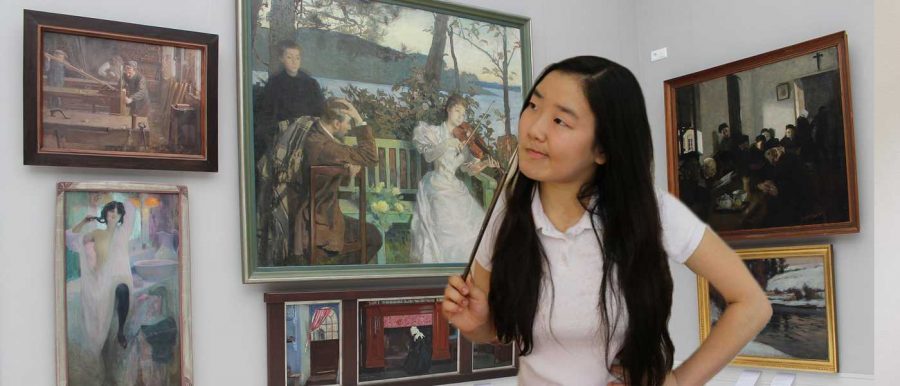While art is often extolled as being aesthetically pleasing, sometimes people neglect to realize that there is actually a science behind every piece of artwork.
Most artists start off every painting by making an “under drawing,” which is the basic sketch that artists draw before they start painting. This process helps depict the desired image as accurately as possible.
Through infrared reflectography, changes and sketches that an artist made on a piece can be revealed. Other tools that are often used by art conservators are ultraviolet lights, microscopes and X-radiography.
The advanced technology that is available today allows conservators to see the undercoat of a painting in less than one to two minutes. However, for pieces that are older and not as well-preserved, the process takes about eight minutes. Still, pretty impressive.
Uncovering what lies beneath the paint also uncovers a great deal about a painting. In fact, under drawings often illustrate unique qualities that characterize an artist.
As an artist myself, I choose to utilize the under drawing method in my own work. I like to make a rough sketch of the image I am painting in pencil, lightly enough to not damage the surface but hard enough to make the lines visible after I add the first layer of paint.
Acclaimed artists such as Caravaggio, Georges de La Tour and Henri Matisse are known for having distinctive methods for under drawing. While Caravaggio preferred to use incisions, sharp lines made with the back of a paint brush, to mark the location of main parts of the image, Georges de La Tour used cartoons to represent the people that were in his painting.
In contrast, Matisse’s particular factor was his use of turpentine-soaked rags to wipe away parts of the work he didn’t like, a method that I myself have also used. Through the use of infrared reflectography, the paint remnants that are not fully removed with the turpentine can become visible, allowing conservators to see that the artist used this strategy.
At the Kimbell Art Museum, the first Texas museum to build a purpose-built conservation studio, conservators have continued to uncover the mystery behind many highly-prized works. In 1987, the Kimbell even had the opportunity to examine Caravaggio’s “The Card Sharps,” one of Caravaggio’s first major works after he arrived in Rome in the late sixteenth-century.
Recently, in The Collection of Nancy Lee and Perry R. Bass, the Kimbell also worked with the Netherlands-based Van Gogh Museum to look into two Van Gogh pieces in the collection, which was quite the accomplishment for the museum.
The Kimbell is just one of many institutions leading ongoing research to uncover what’s underneath the various layers of iconic works of art. While a painting may look like a masterpiece, sometimes you can learn more about the artist not by admiring the finished product, but by simply looking beneath its surface.







